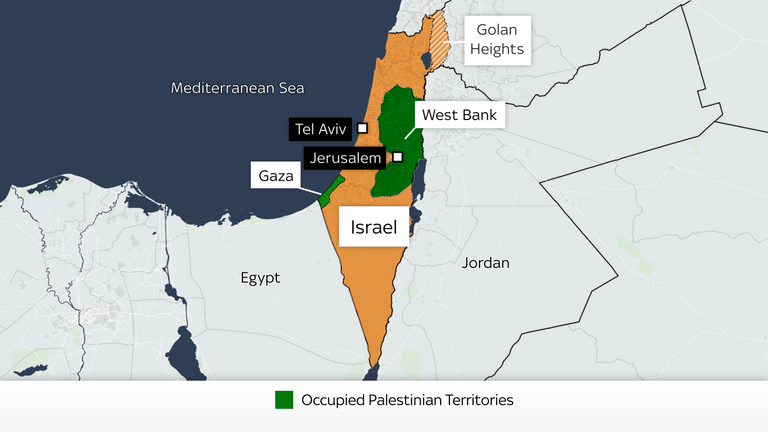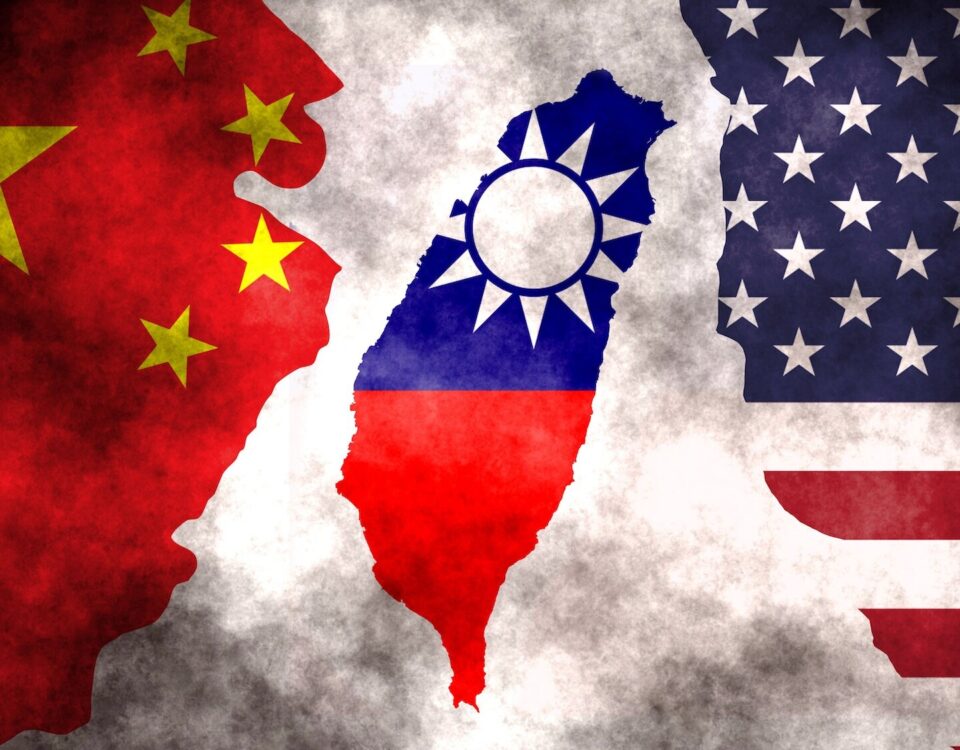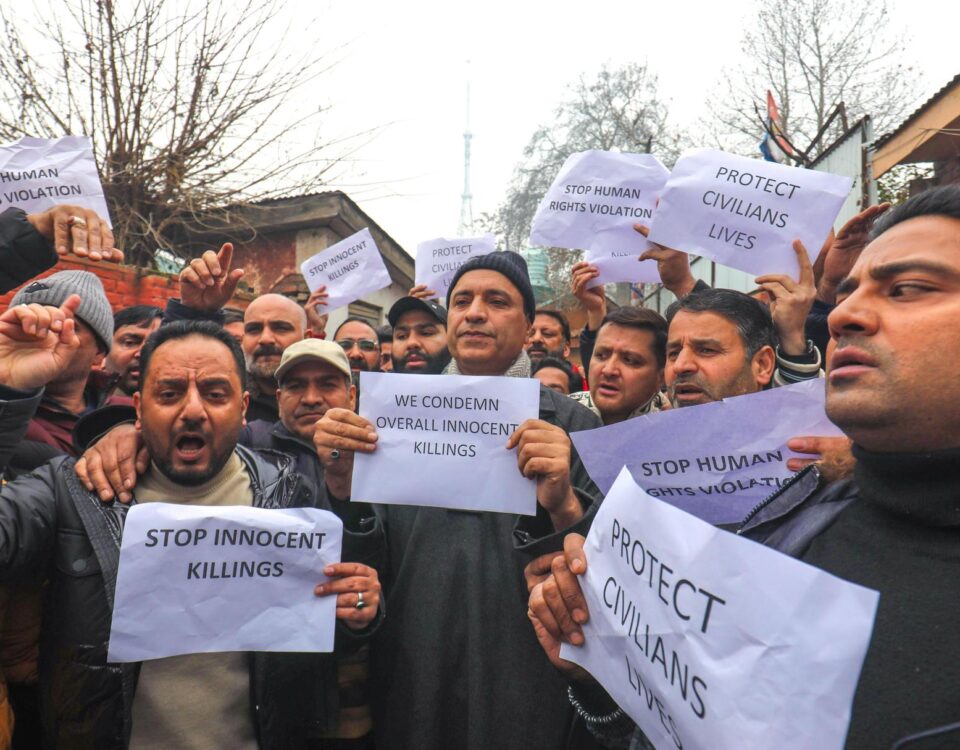
Political Unrest in Bangladesh ahead of Elections
November 3, 2023
India’s National Security in the Age of Non-Traditional Threats
November 5, 2023
Eman Nawab
To understand the creation of Israel one needs to delve into centuries-old history. This story is political, religious, historical, and territorial. If you travel back in time, you will learn Jews used to call themselves Israelites or as referred to in Arabic Bani Israel. Their origin traces back to 1000 BC in almost the same place as modern-day Israel. They trace their ancestry to the prophets Abraham, Isaac, and Jacob. Now to understand the term Israeli leaders refer to as “the promised land”, is in alignment with their belief that there is a land promised to them by God in present-day Palestine.
Now the question that arises is, “Why did the Jews leave the region in the first place?” Due to multiple invasions by different empires in different periods. The major period of exodus was during the time of the Roman Empire. When Jews tried to revolt against them, they were massacred brutally in large numbers. This made them flee their homeland.
Now let’s move on to the 19th and 20th century. Most of the Jews are now spread in various countries leading to a huge Jewish diaspora. There were more than five million Jews in Europe before World War 1. Due to the increasing waves of Anti Semitism the Zionist political movement emerged which was a demand for a separate homeland. In 1896 Theodore Herzl, an Austrian Jewish journalist led the movement and is considered the father of Zionism. He organized a World Congress of Zionists, which was held in Basel, Switzerland attended by 200 Zionists and many onlookers. The flag of Israel was shown and the creation of a homeland in Palestine was announced. Herzel wrote in his diary, “At Basel, I founded the Jewish State. Certainly, in 50 years everyone will perceive it.”
There was a problem. Palestine was not an empty land. It was inhabited by the Arabs. But Herzl and his team had a plan. Back then Palestine was controlled by the Ottoman Empire. In 1896, Herzl went to the capital of the empire and offered the Sultan to pay their foreign debts. In return, he wanted to colonize Palestine. The sultan simply rejected it. Then resorting to plan B the Zionists started purchasing lands from Ottoman landlords in Palestine. This led to the first wave of migration. Jews started farming there. However, their true intentions dawned upon the Arabs when the Jews started firing Arab workers from their land. They set up their towns like Tel Aviv in 1909. These were not of Arab style but European. These settlements were foreign-funded as the Jews were economically progressing in Europe and America like the Rothschild family. Jewish families also controlled the majority of banking and financing globally. Britain was then the superpower. When consulted for help by the Jews Britain offered other alternative lands.
Then came the World War 1. Britain needed the Jews. Arthur Balfour, then Britain’s foreign secretary wrote a letter that set off a conflict still being fought a century later. In the letter, they assured support for the establishment of a Jewish homeland in Palestine. Balfour wrote to one of his colleagues, “In Palestine, we do not propose even to go through the form of consulting the wishes of the present inhabitants of the country.” Instead, the Zionists were consulted.
Back then 90 percent of the people living there were not Jewish. Here is another question. Why were the British making promises about land in another country? In addition to the promise to Jews, they also promised the Arab leaders independence if they rose against The Ottoman empire. After the Ottoman defeat, the British troops landed in Palestine ending 400 years of Ottoman rule. The Arabs there were Muslims but there were Christian and Jewish minorities too. Due to the British support, the Jewish population grew. The Jews although still in the minority were organized. They founded a para-military organization Haganah in 1920 to protect Jews which was led by David Ben-Gurion, the leader of the Jewish agency.
In the 1930s Jewish migration increased. This time due to the Nzai Germany and Hitler. During World War 2, Jews fled to Palestine for a haven despite the British limitation of Jewish immigration at that time. The Arabs by now had realized the British would not deliver them independence. In 1936, the Palestinians went on strike. The British forces tried to stop them through arrests, torture, and mass shootings. The Palestinian fighters targeted Jews and the British while the British and Haganah carried out raids against them. To find a solution, the British did something typical of them. They proposed a partition plan that was very unfair to the Palestinian population and would result in their displacement. This of course was rejected. Multiple tries were made by the British to resolve the conflict but none was fruitful.
After World War 2 ended, the British got exhausted economically and politically. Ending thirty years of occupation, the British left Palestine. The conflict was now handed over to the then-newly founded United Nations. During British rule, Jews had gone from 10 percent to 30 percent. The UN carried out a resolution that aimed at partitioning Palestine. This gave 55 percent of the land to the Jews failing to explain the dynamics behind this decision. For obvious reasons, Palestine and Arab countries rejected the UN’s plan. With the British gone the Zionist regime knew they were the strongest both militarily and financially. Their forces started to seize Palestinian territories. Due to the mass destruction and killings of the Palestinians, panic spread with people fleeing for their safety.
In 1948, the State of Israel was declared with David Ben-Gurion as its Prime Minister. This happened 51 years after the prediction of Herzel. Soldiers from several Arab countries came to fight the Jewish military in Palestine. They could not do much as the Israeli army was better trained, organized with the latest weaponry, and was under a singular leadership. The Israeli forces even pushed into areas declared under Palestine by the UN. Thousands of people were forced once again to flee. Three-quarters of Palestinian people had become refugees. In Arabic, they call this happening the Naqba meaning the Catastrophe. The new state of Israel made up 70 percent of what had been Israel. UN called a resolution for Palestinian refugees to be allowed back in their homelands. This hasn’t happened to date.
In the decades after this up till now, attempts have been made to partition the land and provide a resolution. In each attempt, the territory offered to Palestinians has decreased in their very own homeland. Today, the population of Jews and Palestinians is approximately the same but the Palestinians who are under Jewish occupation have no rights, voice, or freedom. The Naqba tactics are still being applied to date for the Palestinians to empty the land forcefully. International human rights groups call this a form of apartheid. The conflict continues even today with the Israeli forces brutally murdering hundreds of innocent Palestinian civilians.
The writer is a student of Peace and Conflict Studies.







